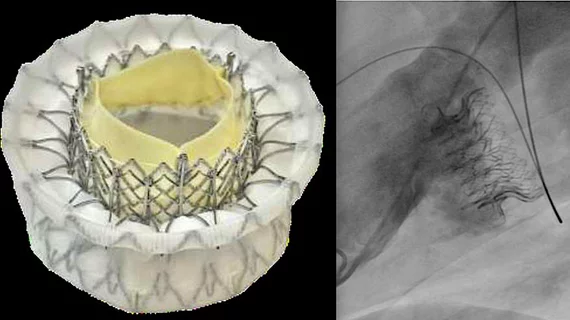Abbott acquires another TMVR device through purchase of Cephea
Abbott plans to acquire Cephea Valve Technologies, a company developing a transcatheter mitral valve replacement (TMVR) device, the Chicago-area healthcare giant announced Jan. 16.
Financial terms weren’t disclosed but the deal stems from a 2015 agreement in which Abbott provided capital to Cephea and secured an option to purchase the Santa Clara, California-based company—an option Abbott is now choosing to exercise.
Abbott also in 2015 acquired Tendyne Holdings, another company developing a TMVR solution which is currently being evaluated in a pivotal trial.
The company’s continued push into the mitral space comes after its MitraClip valve repair device made headlines at TCT 2018 with the overwhelmingly positive results of the COAPT trial. After the initial excitement with that trial’s release, cardiologists are now considering the challenge of replicating COAPT’s outcomes in a real-world patient population.
Mitral valve disease, including regurgitation and stenosis, affects more than 4 million people in the U.S., according to Abbott.
"The acquisition of Cephea builds on Abbott's strong position in structural heart therapies and is consistent with our strategy to develop comprehensive treatments for people with mitral valve disease," Michael Dale, vice president of Abbott’s structural heart business, said in a press release. "Cephea's novel approach to replace the mitral valve adds to our other catheter-based technologies and is being developed to provide an additional option for patients who suffer from this difficult-to-treat disease."

